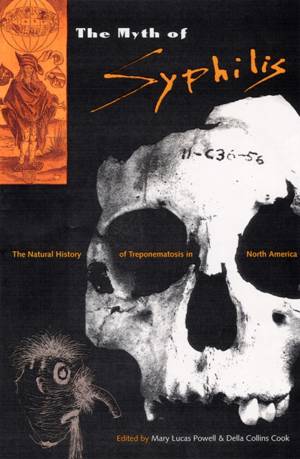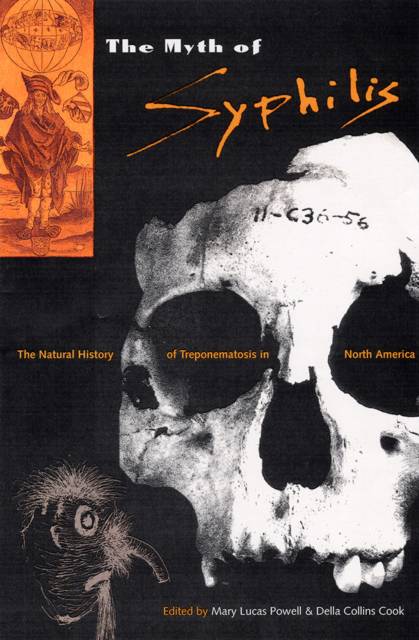
- Afhalen na 1 uur in een winkel met voorraad
- Gratis thuislevering in België vanaf € 30
- Ruim aanbod met 7 miljoen producten
- Afhalen na 1 uur in een winkel met voorraad
- Gratis thuislevering in België vanaf € 30
- Ruim aanbod met 7 miljoen producten
Zoeken
The Myth of Syphilis
The Natural History of Treponematosis in North America
University Press of Florida
€ 129,95
+ 259 punten
Omschrijving
Exploring the long-standing question of the origins of syphilis, this book proposes a new understanding of the dynamic interactions of disease and culture in the New World. It brings together a complete picture of the diverse pathological evidence of a bacterial disease--treponematosis--manifest in the North American archaeological record at the time of Christopher Columbus's first journey, and it presents a strong argument against the earlier identification of modern venereal syphilis with indigenous North American treponemal disease. For almost 500 years, native North Americans have been blamed for "giving the world syphilis" and by implication accused of sexual immorality. Contributors to this volume identify and investigate the origins and various manifestations of all ranges of treponemal diseases across the continent and show that the true picture of disease evolution is both different and far more interesting than past scholarship suggests. They summarize current archaeological and historical information from a variety of regions and times, both before and after 1492, and consider closely the specific question of whether evidence exists for the presence of the venereal form of treponemal disease that would be equivalent to the venereal syphilis that ravaged 16th-century Europe. Their investigation challenges the unequivocal identification of all pre-Columbian treponemal disease as venereal syphilis and shows that endemic treponemal disease was present at varying levels throughout North America for at least two millennia before the late 15th-century trans-Atlantic voyages of discovery.
Specificaties
Betrokkenen
- Auteur(s):
- Uitgeverij:
Inhoud
- Aantal bladzijden:
- 509
- Taal:
- Engels
- Reeks:
Eigenschappen
- Productcode (EAN):
- 9780813027944
- Verschijningsdatum:
- 30/04/2005
- Uitvoering:
- Hardcover
- Formaat:
- Genaaid
- Afmetingen:
- 168 mm x 242 mm
- Gewicht:
- 916 g

Alleen bij Standaard Boekhandel
+ 259 punten op je klantenkaart van Standaard Boekhandel
Beoordelingen
We publiceren alleen reviews die voldoen aan de voorwaarden voor reviews. Bekijk onze voorwaarden voor reviews.








